Sitting too long can be harmful to your body, and the same is true for your car. But in reality, that could be difficult during the current pandemic, as shelter orders in place have drastically reduced traffic by as much as 60 percent in some areas. Even if you don't make your daily commutes or trips around town, you should take regular time to look after your car every week. Cappert recommends driving for at least 20 to 30 minutes a week until your car has a chance to stimulate circulation and get some breathing. We have created a list of the best tips for car care in India which will help your lifetime.
"A car is a machine and it was meant to be powered," says Dave Cappert of the technology department at the National Institute for Automotive Service Excellence. “All systems are designed to allow air or liquid to flow through them and require a regular operation.”
Here are the best tips for car care in India one should follow:
Unlock the brake pads
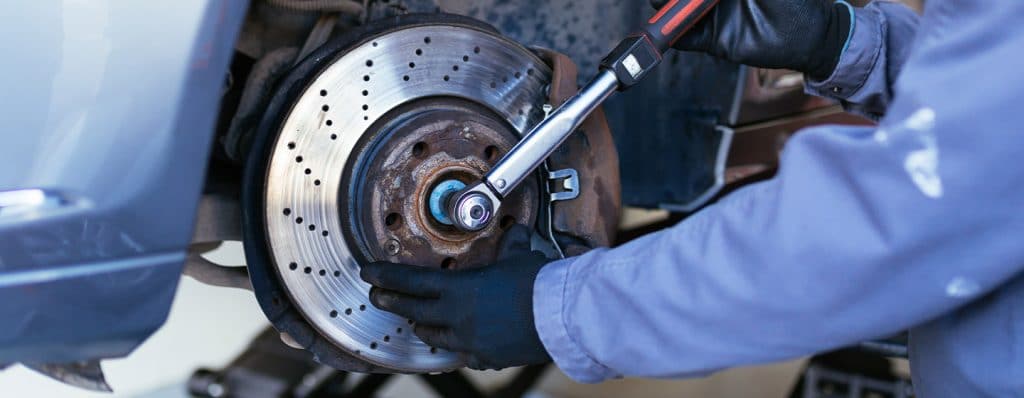
Although the brakes of mode
cars have been advanced, they still operate on a relatively simple principle: brake pads rub against the rotors to create the friction that slows the car down. However, when the surface of the rotor is exposed to moisture and the elements, it rusts. In rainy conditions, it can happen ove
ight, which is why your car sometimes screams during the first part of the first trip after a severe storm. However, part of the rotor is located under the pad and receives some protection against moisture. "The first time you apply the brakes, you will feel an uneven pulse or rise as the pad moves through that small area, and the coefficient of friction changes," says Cappert. Stopping the car multiple times with progressive braking, not stopping hard, should quickly remove the rust and match the performance. Leaving the car on for a very long time, even just two weeks in rainy conditions can be enough to make the wheels feel like they're in place and you will have to give the car some fuel to get that spin again.
Avoid tyre punctures

Mode
tyres are incredibly tough compared to similar models even only a decade ago. However, let a set of tyres sit long enough with the full weight of the car or truck pushing it down, and flat spots may appear. If you've ever sat your car for a while and felt a bumpy ride when you first started driving it, it is likely over flat areas. Cappert suggests keeping your tires at the recommended pressure normally listed on the driver's door or jamb. Some guides recommend adding a few extra pounds of pressure to your tires to counteract the effects of your hard lane time. Once your normal driving has started, try to avoid standing in the exact same area of the tire as before to avoid worsening the effect of flatness and making the drive bigger the next time you go outside.
Tu
on the air conditioner
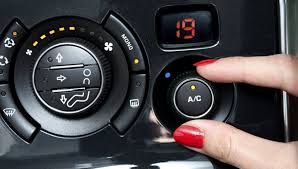
Even if it's not hot enough to warrant using the air conditioner at full blast while traveling, Cappert suggests running it for a while, even if air and fluid flow through the system instead of stagnating. "The only time oil moves through this air conditioning system is when the coolant is passed through," he explains. It should work to get proper lubrication. Even if you don't use the air conditioner much in the winter, your HVAC system still uses this air conditioning compressor to run the defroster, so you can still get the regular exercise you need during the colder months.
RELATED: Volkswagen Boosts Investment In Electric And Autonomous Car Technology To $86 Billon
Beware of battery drain

Leave appliances plugged into the main power source in your home and they will continue to use electricity, even when tu
ed off. This type of parasite load also occurs in cars. The radio and power seats still need a bit of power even when not driving. Your car usually recharges the battery when driving, but without regular operation, continuous consumption can increase.
Even if you've never had battery issues before, they can They appear when the car has stopped for a while. "If you commute to work every day, this may give you enough fees to do well," says Cappert. "Without this constant plug-in, you might find that your battery was at its limit and won't start now." This is especially true if the battery has not been replaced in a while or if it is an inexpensive model that requires more frequent changes.
RELATED: Five best bike accessories in India your bike should be equipped with
Clean the paint
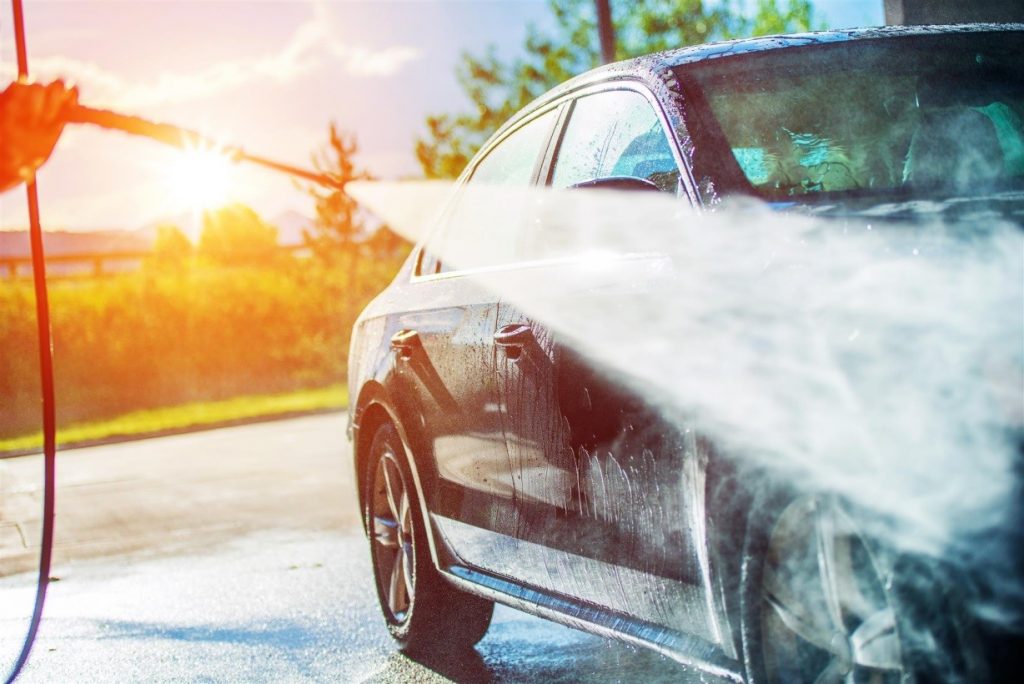
It may seem like trash to wash up when your car stays in the driveway most of the time, but environmental factors can really affect the paintwork. Materials such as tree sap and bird droppings can penetrate into the transparent layer if you leave it there. They appear when the car has stopped for a while. "If you commute to work every day, this may give you enough fees to do a job well," says Cappert. "Without this constant plug-in, you might find that your battery was at its limit and won't start now."
Maintain the cabin filter

A cabin filter is located between the outside air and the inside of your car. When working properly, it can prevent dust and other allergens from entering. However, when too cluttered, the air may avoid the filter completely. This may impede proper function in the air conditioning system resulting in a frozen compressor and less cold air inside.
Cleaning the hood - the space between the windshield and the hood where the windshield wipers are located - can help prevent too much debris from gathering and working its way into the cabin filter. If a lot of winds blow over the vehicle where it was parked, air will still pass through the filter and leave sediment. Your car's manual recommends how often to change it, but checking it regularly is worth it if you live in particularly dusty or dirty conditions.
RELATED: Top Five best car gadgets in India you can buy
Consider the parking brake
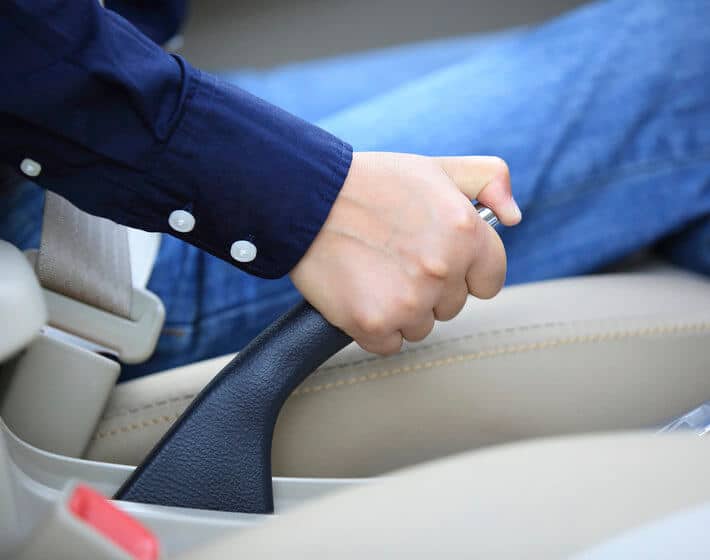
If you haven't applied the parking brake before, this is not the time to give it a try, especially if the car is a few years old. Once you dive normally again, it calls for the parking brake to be applied regularly under normal conditions to keep it working as it should. This can help prevent parts from taking over.
Loosen the dirt from the sunroof drains
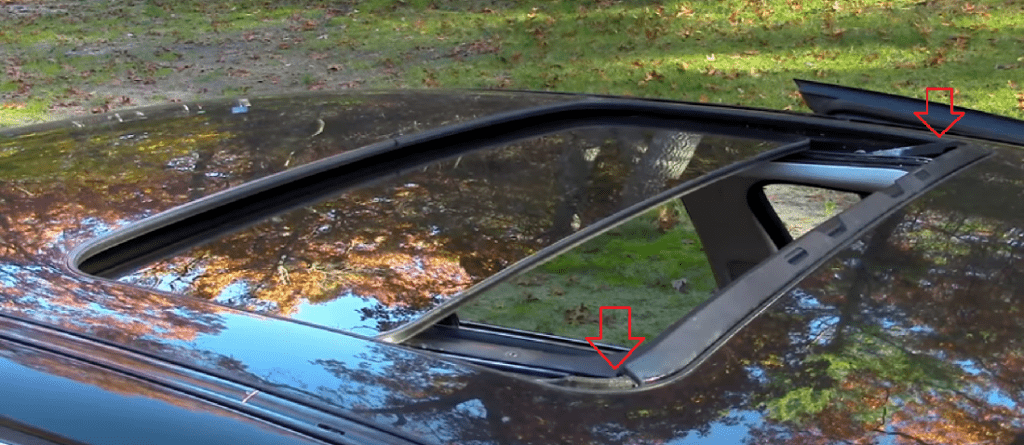
Not every car has a sunroof, but if yours does have it, it needs regular attention. Drainage can get piled up around the edges of the sunroof with debris - especially if the wind from the regular driving isn't there to blow some of those pollutants off. If debris pushes the rubber bricks away, water may find a way into the car. Leave it there long enough and it can reshape the rubber and require new seals down the road. Therefore, be sure to take a look at it regularly and clean it as needed.
So these are the best tips for car care in India one can follow and not bu
a hole in the pocket.
READ MORE: 12 best driving tips in India you can’t lea
in driving school










